The Environment
So many of my experiences in Hangzhou are relatively small excursions: individually, they aren’t worth an entire blog post, but they amount to quite a bit when added up! At the same time, a “Miscellaneous” blog post should honestly be saved for the end of a trip, so I’ll try my best to theme this one as more nature-related. Indeed, the vast majority of Hangzhou’s attractions are outdoors–a characteristic that I greatly admire!
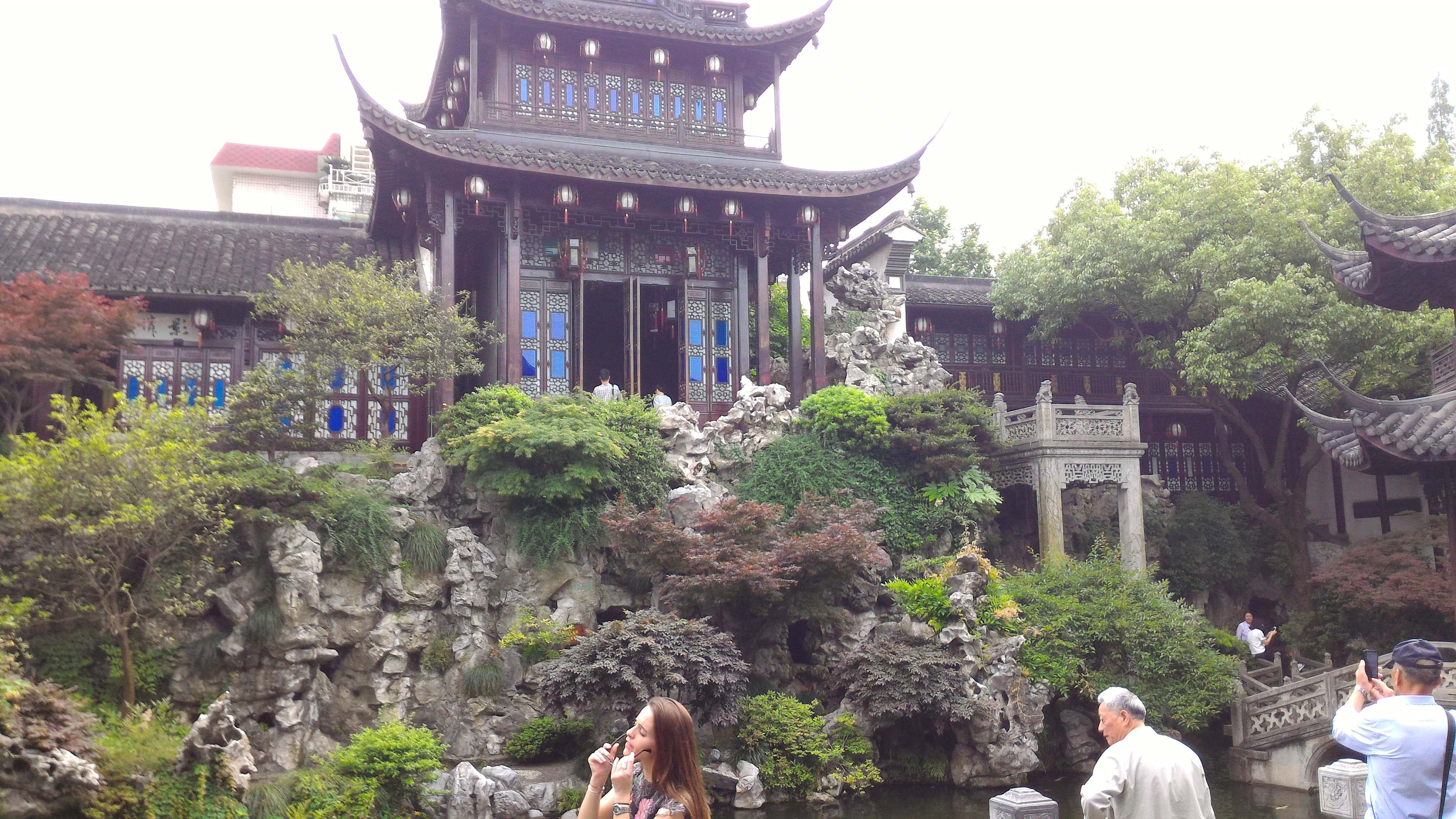
Near the beginning of our trip we visited a Chinese mansion exhibiting some of the older architectural styles of China. The Chinese culture of the time took an incredible amount of liberties with indoor/outdoor spaces to create an astonishingly beautiful effect. Areas such as the ones pictured above and below were entirely “inside” the house, and doors could just as easily lead to artificial caves as they could lead to “rooms” as we think of them in the US.
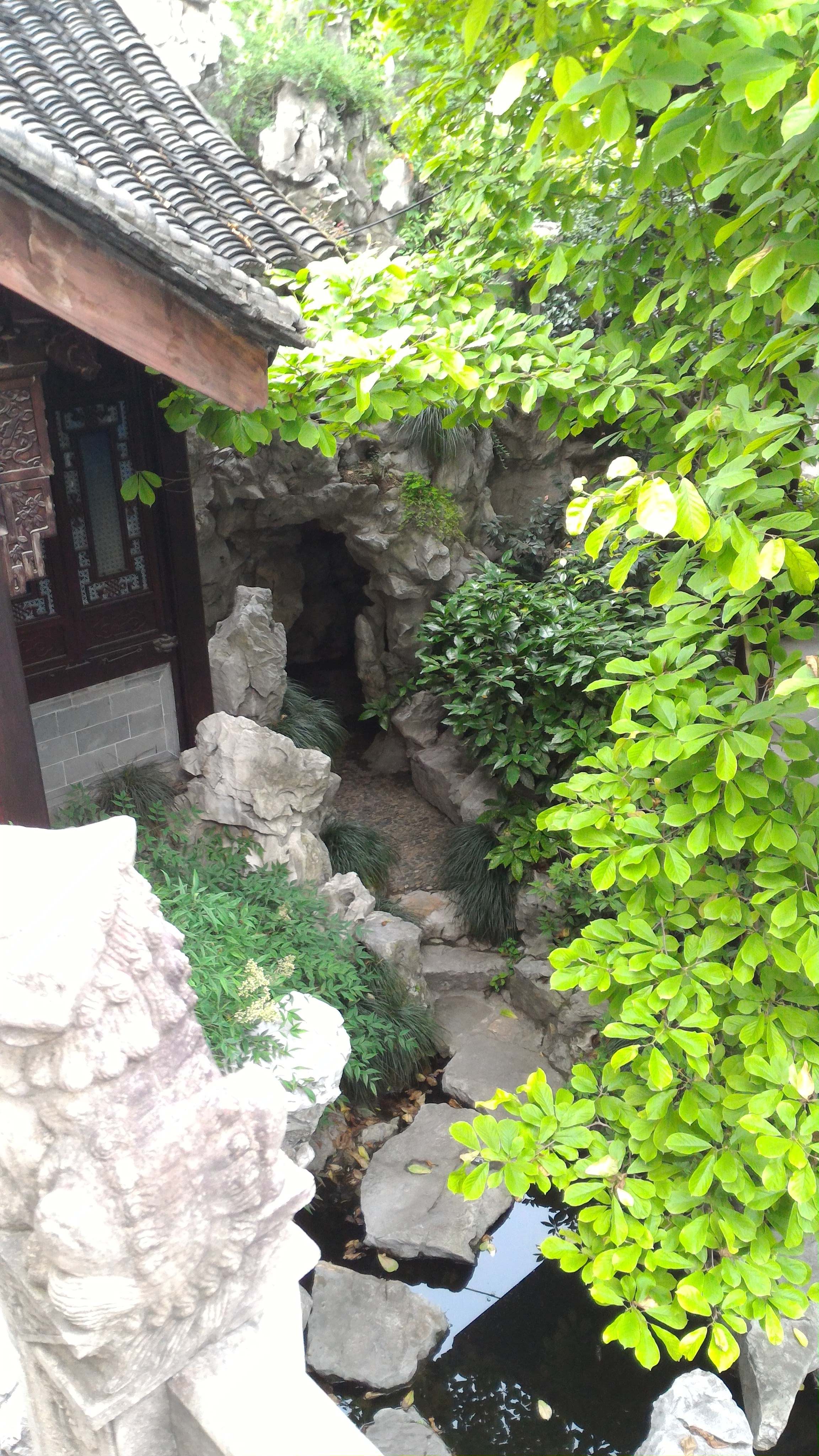
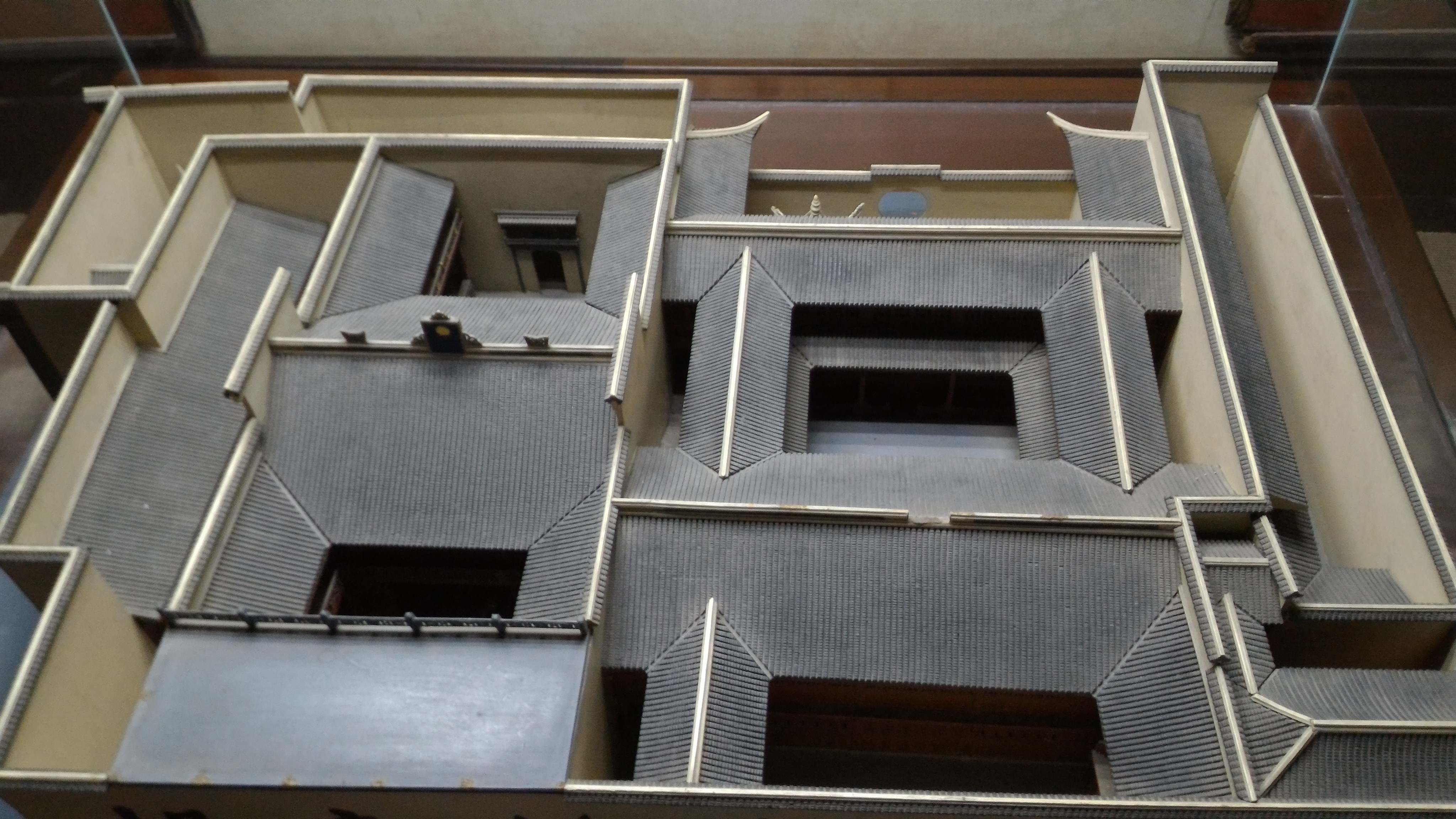
Above is a floor plan of the house. As you can see, most places are naturally exposed to the elements, and roofs only exist over the edges of major rooms.
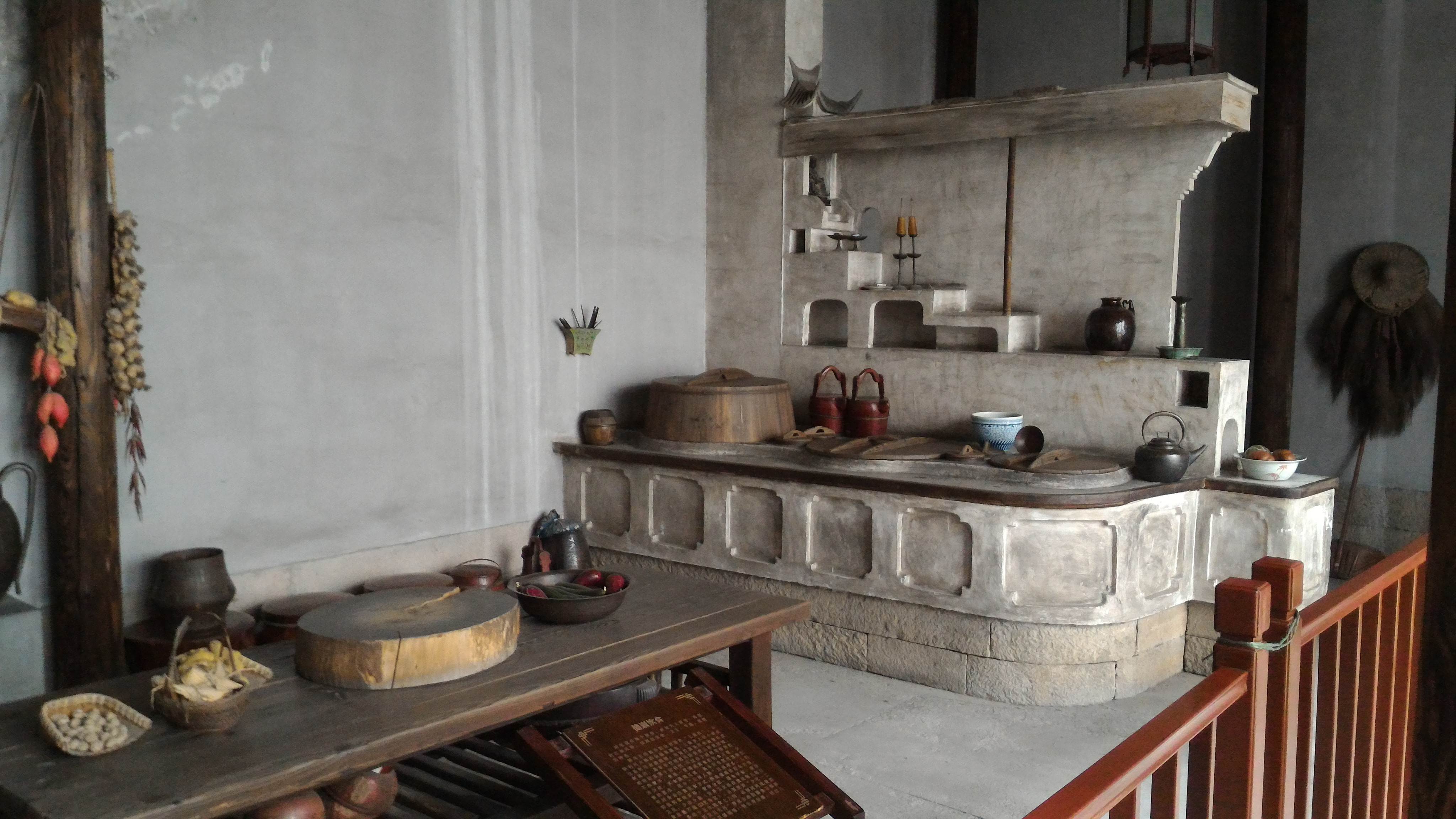
Also, your modern American “dream kitchen” can’t shake a stick at the massive size of the facilities in this bachelor’s place. There are full ovens on both sides of that marble counter on the right.
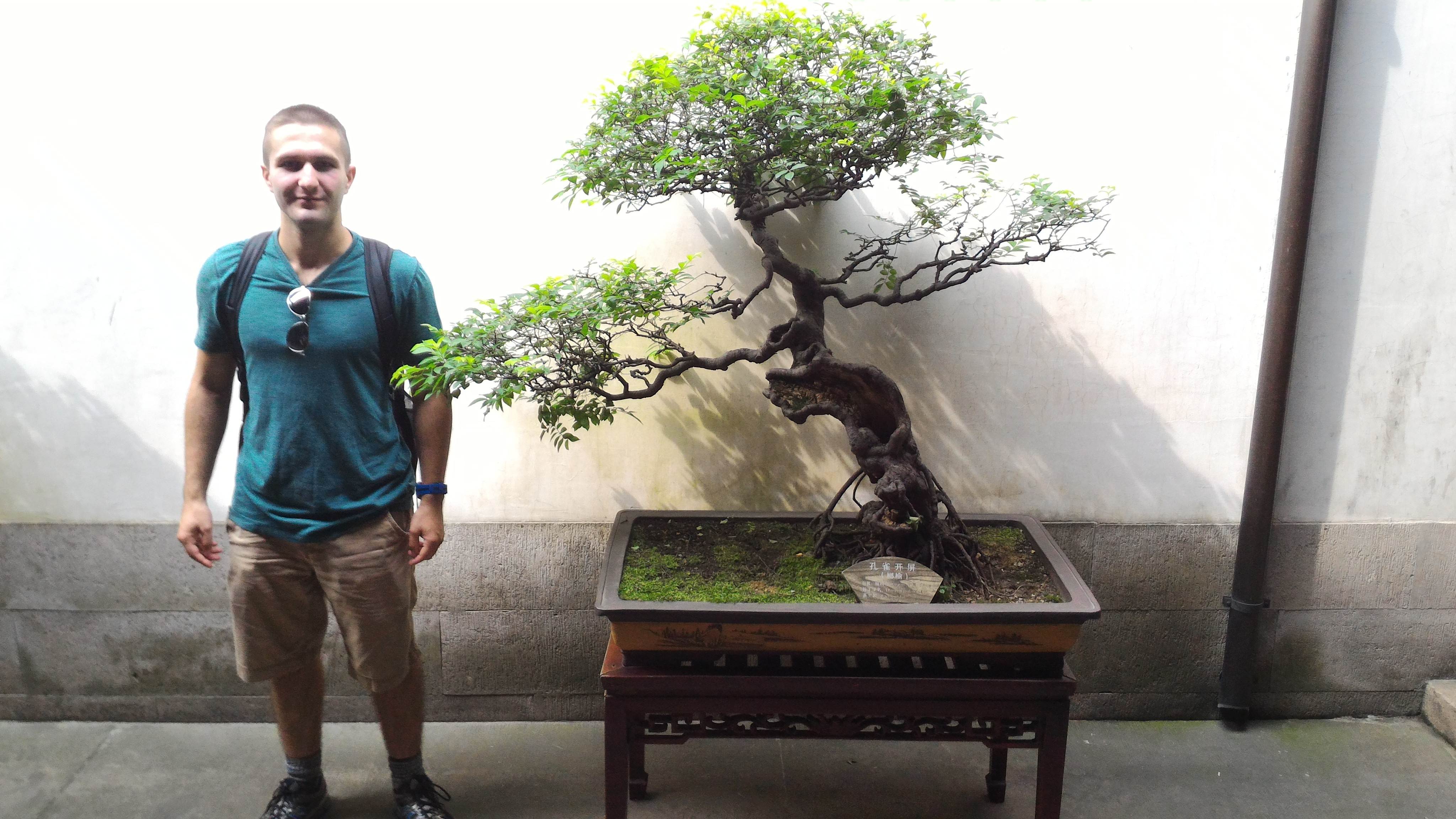
And yeah, they also grew bonsai trees to obnoxiously large sizes. (Thanks to Michael for posing next to this one, for scale!)
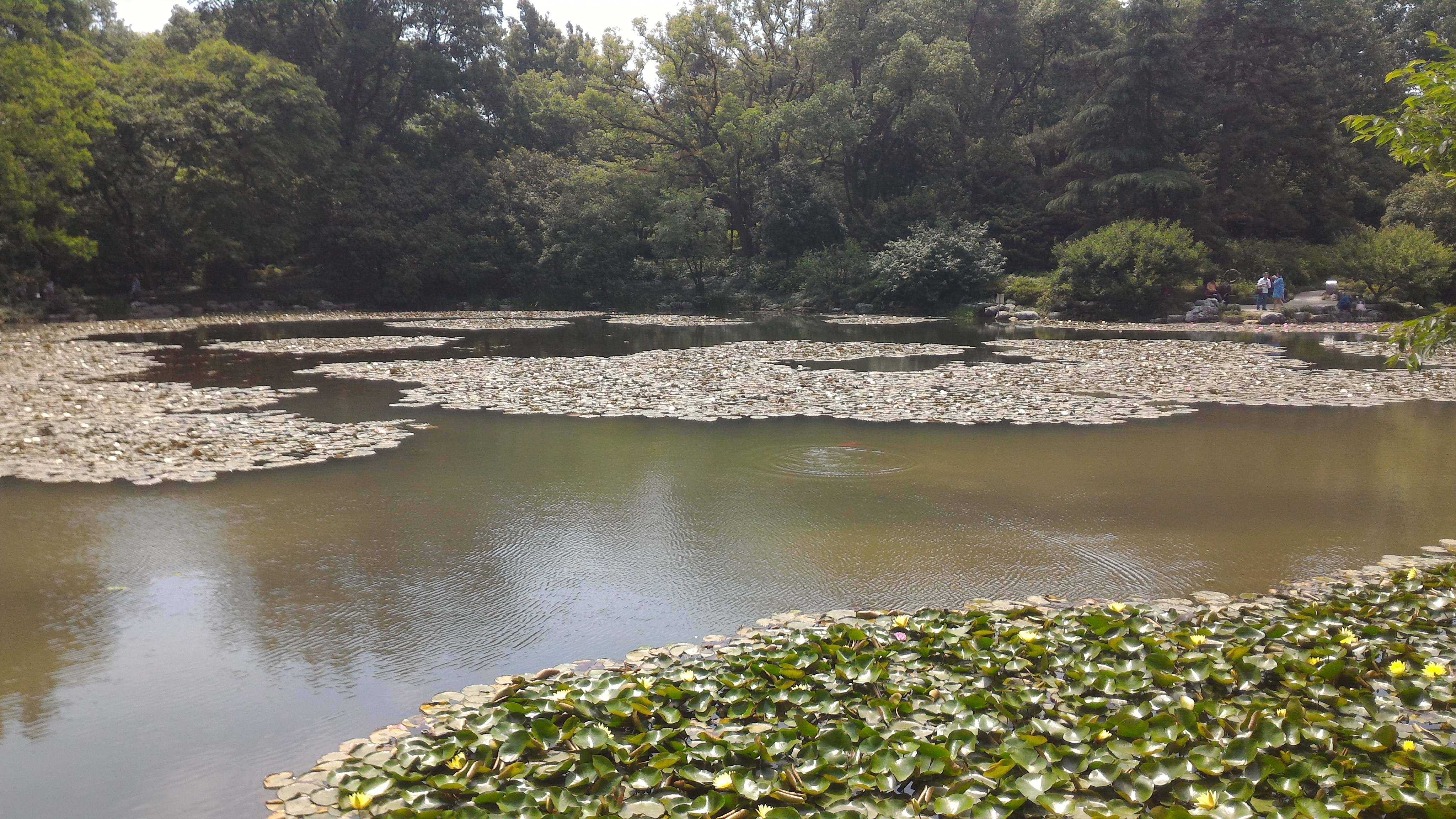
Hangzhou is also known for its enormous and beautiful botanical gardens, of which I took quite a few photos.

Although they may be known for their flowers, the botanical gardens certainly aren’t known for their wildlife!
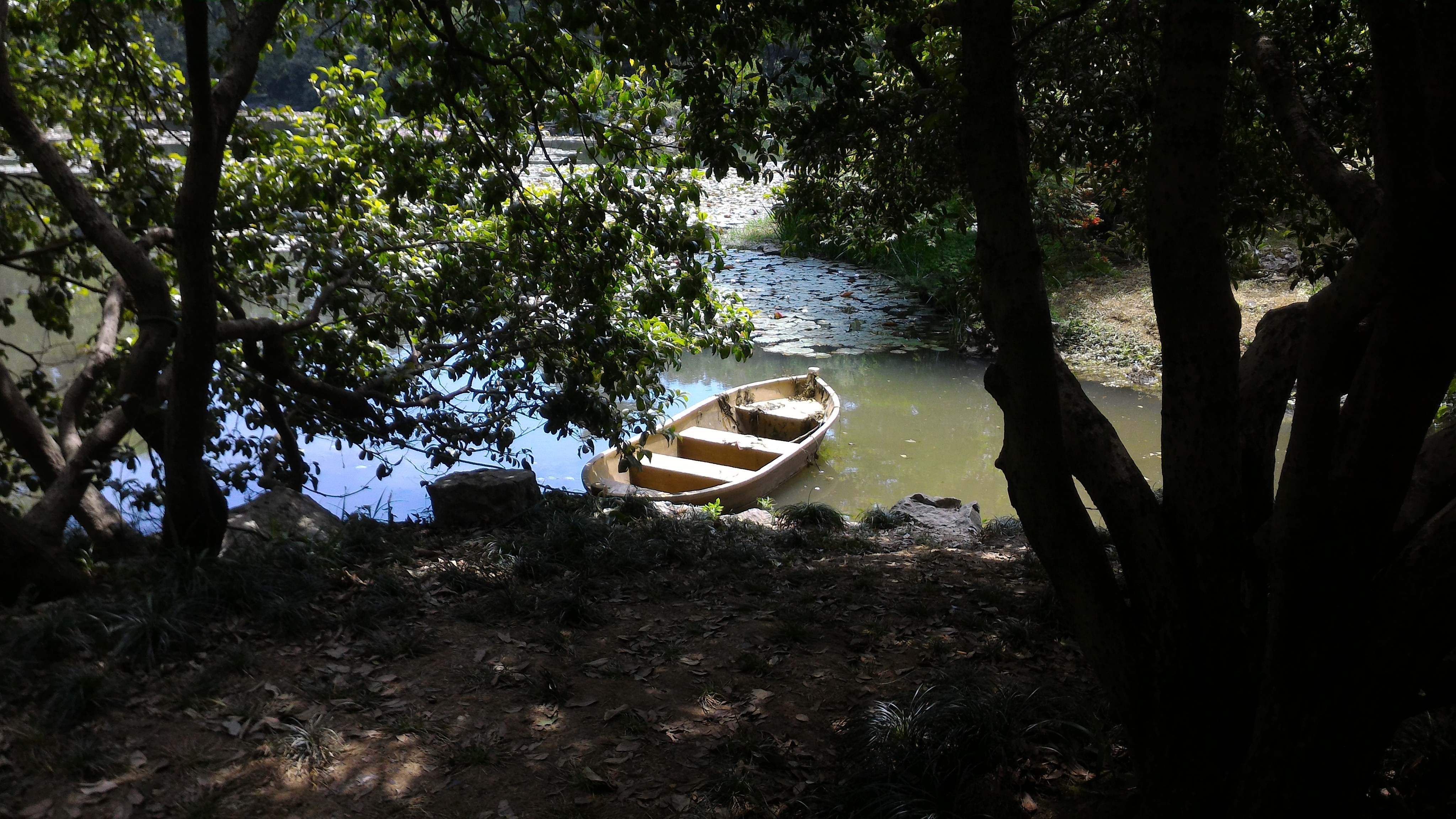
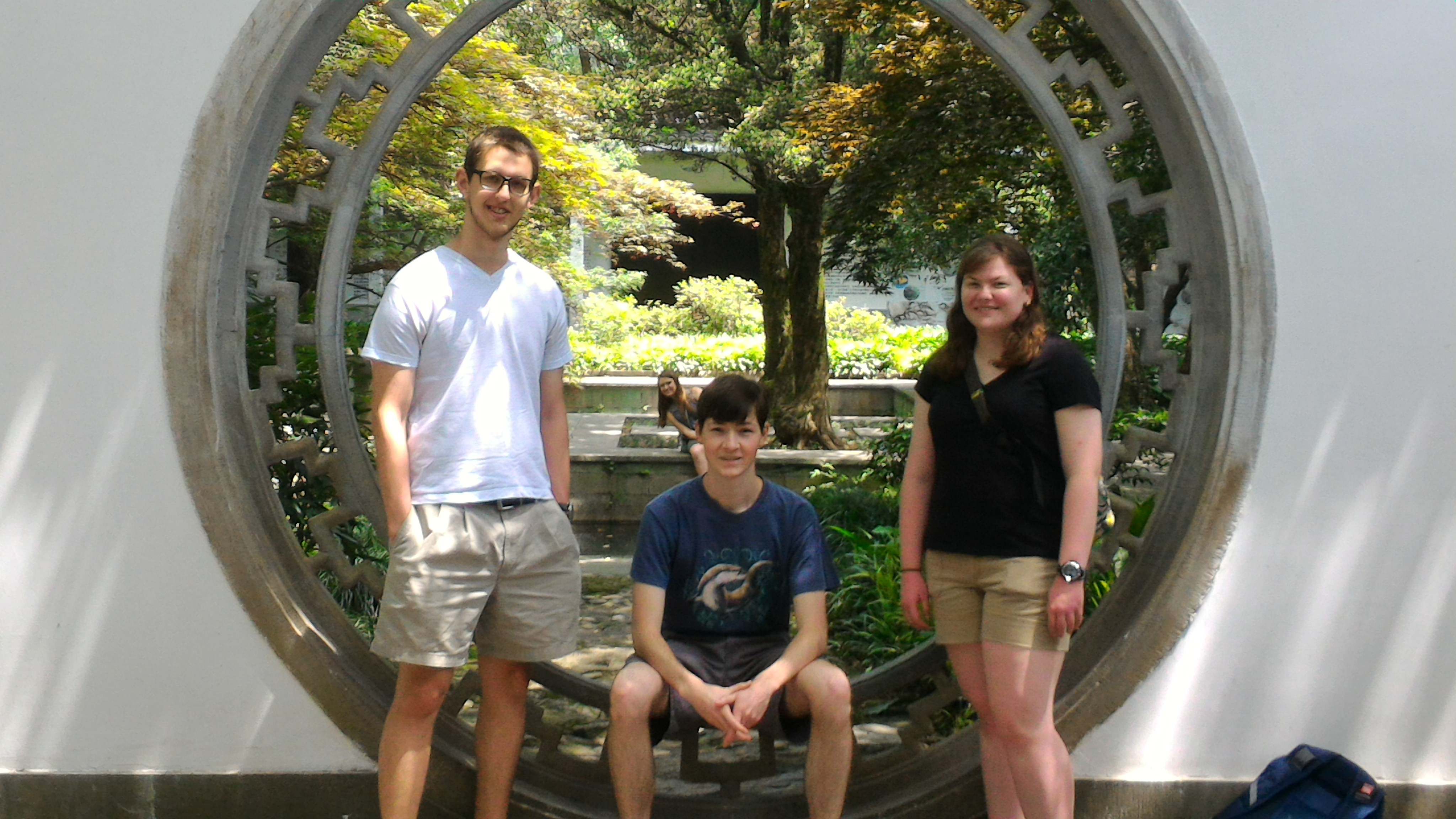
Doors are always a favorite posing spot for us.

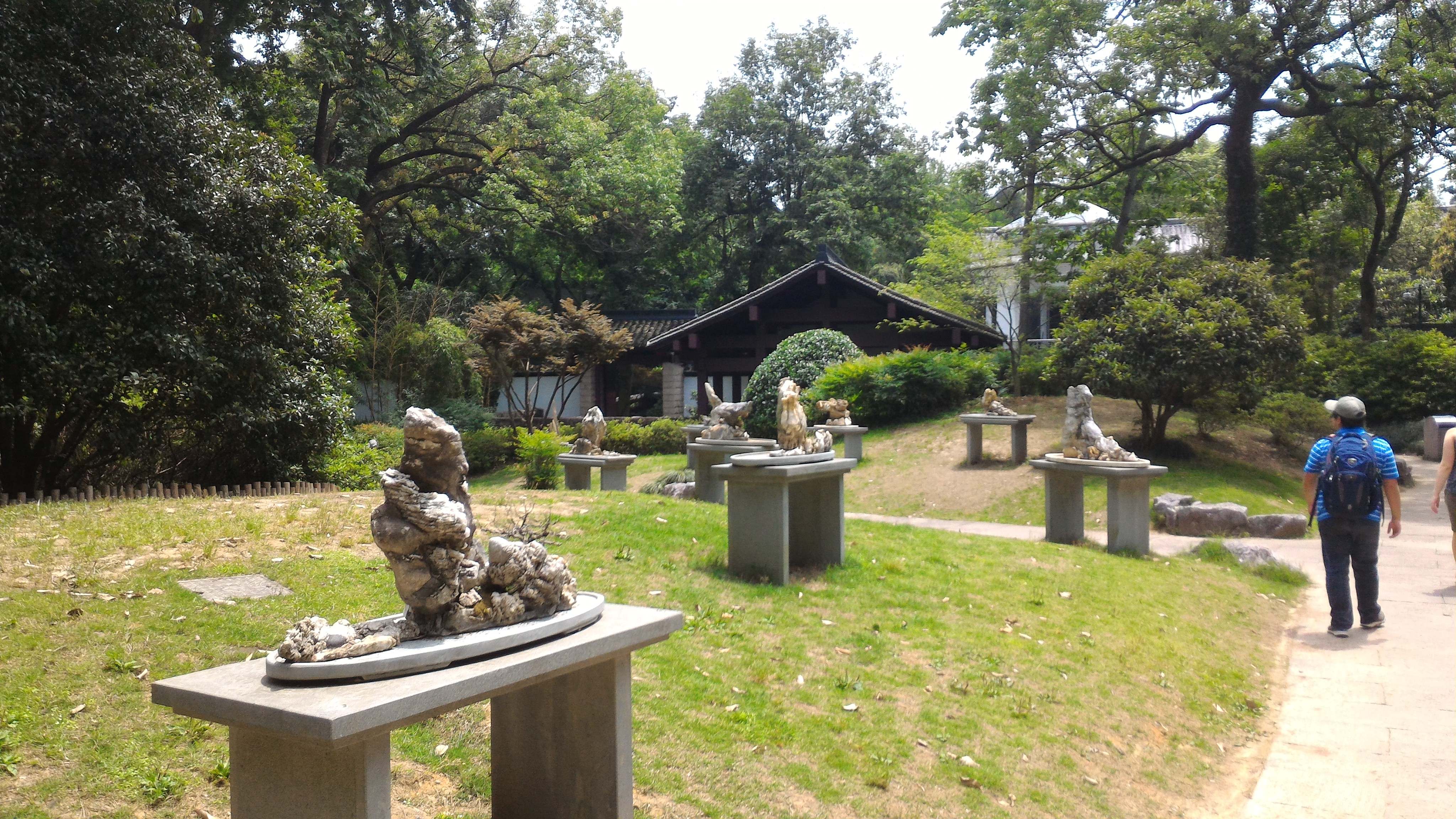
When you can’t grow flowers, you can always fall back on your splendid rock collection!
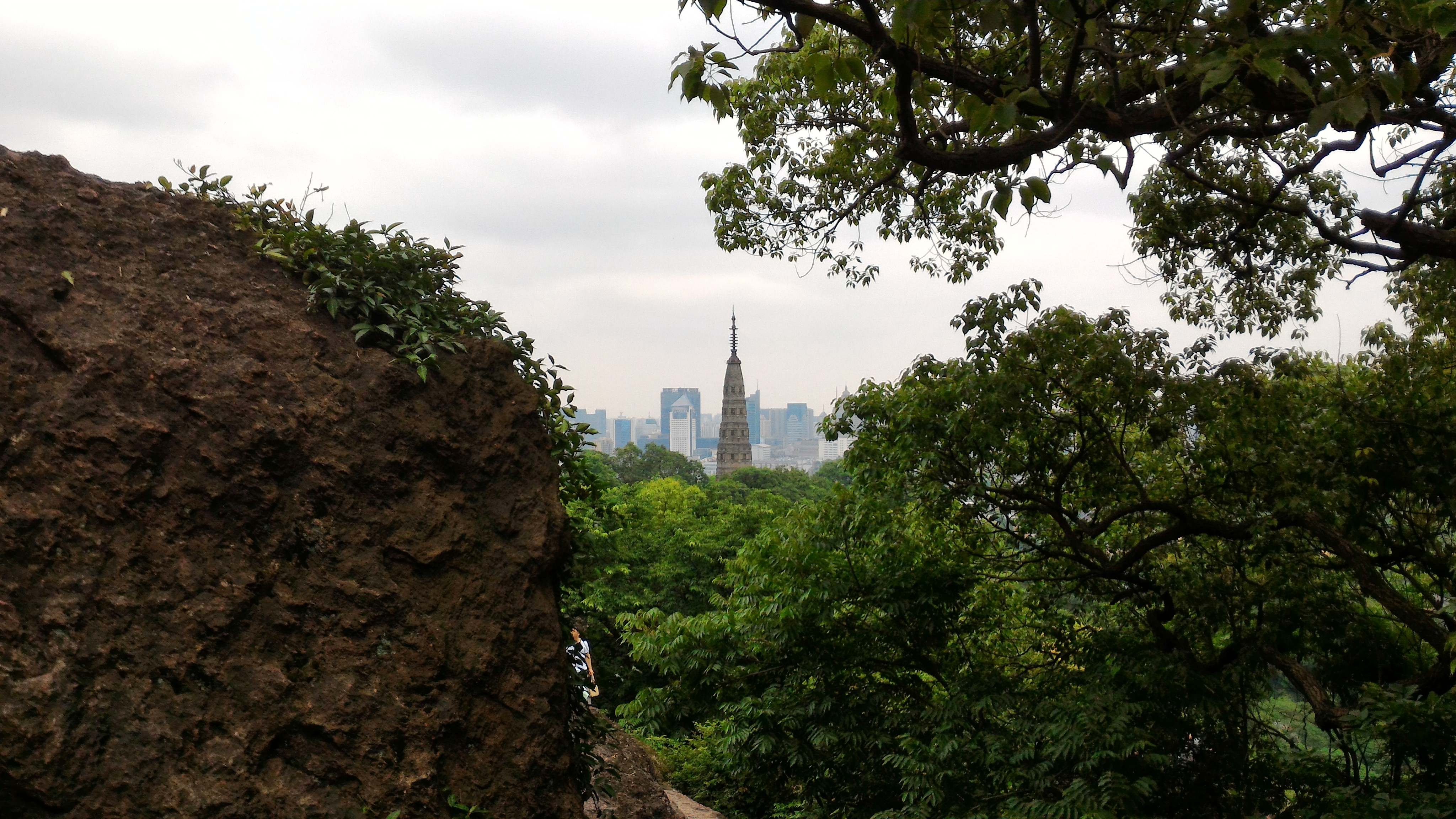
We also went out to quite a few temples and pagodas–some more accessible than others. We found that when it comes to trails, the Chinese have very low tolerance for handicap-accessibility or even general safety measures. Most of the time, the only precaution taken would be a sign such as the one below, ordering people not to climb. We can see how well that went:

Some people in our group were a bit more adventurous than I upon these rocks; at first I thought it was because they couldn’t read the warnings in Chinese, but I was quickly put in my place.
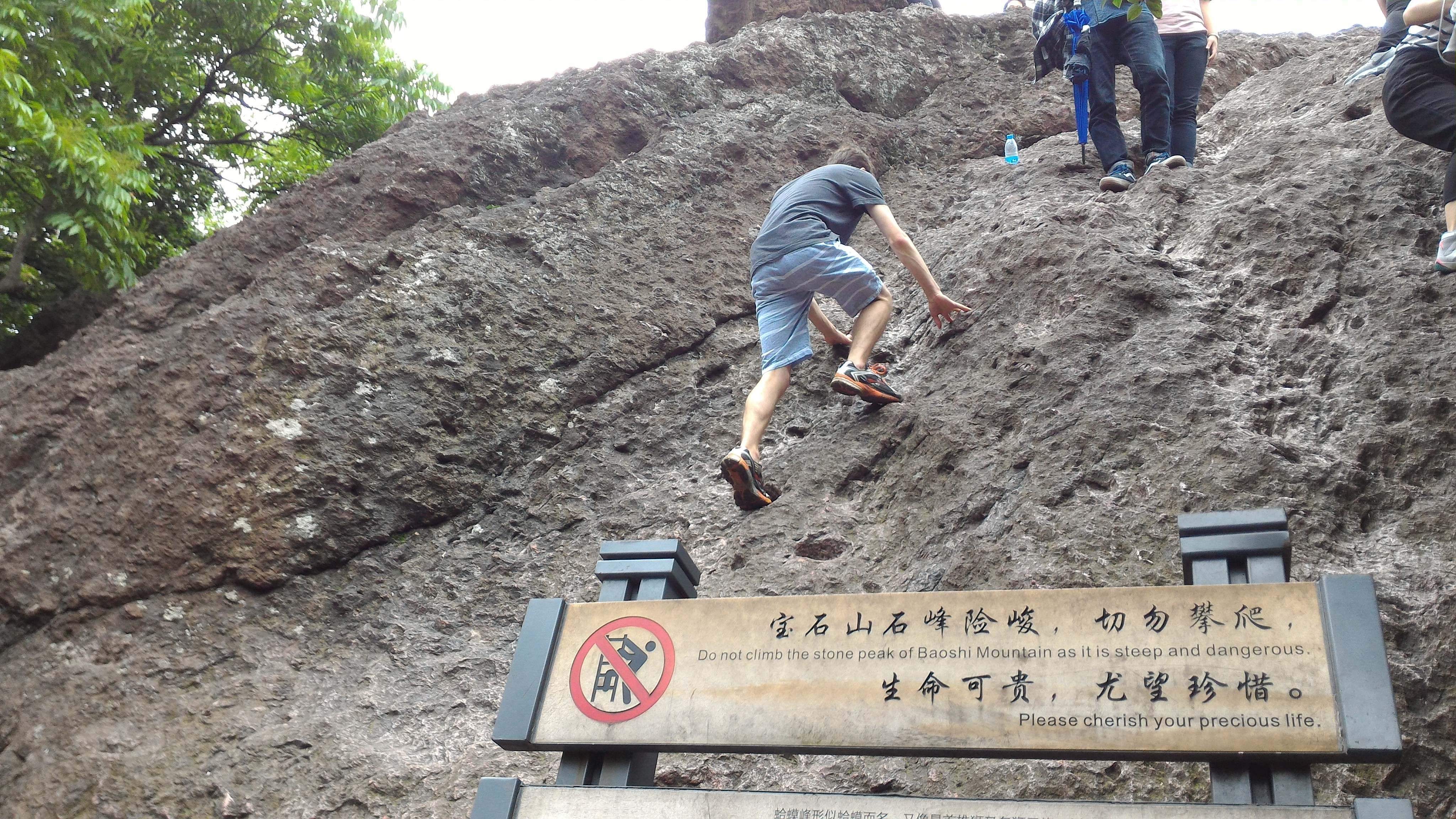
(Thanks for the photo op, Patrick!)

But climbing, of course, is where all the best views are.
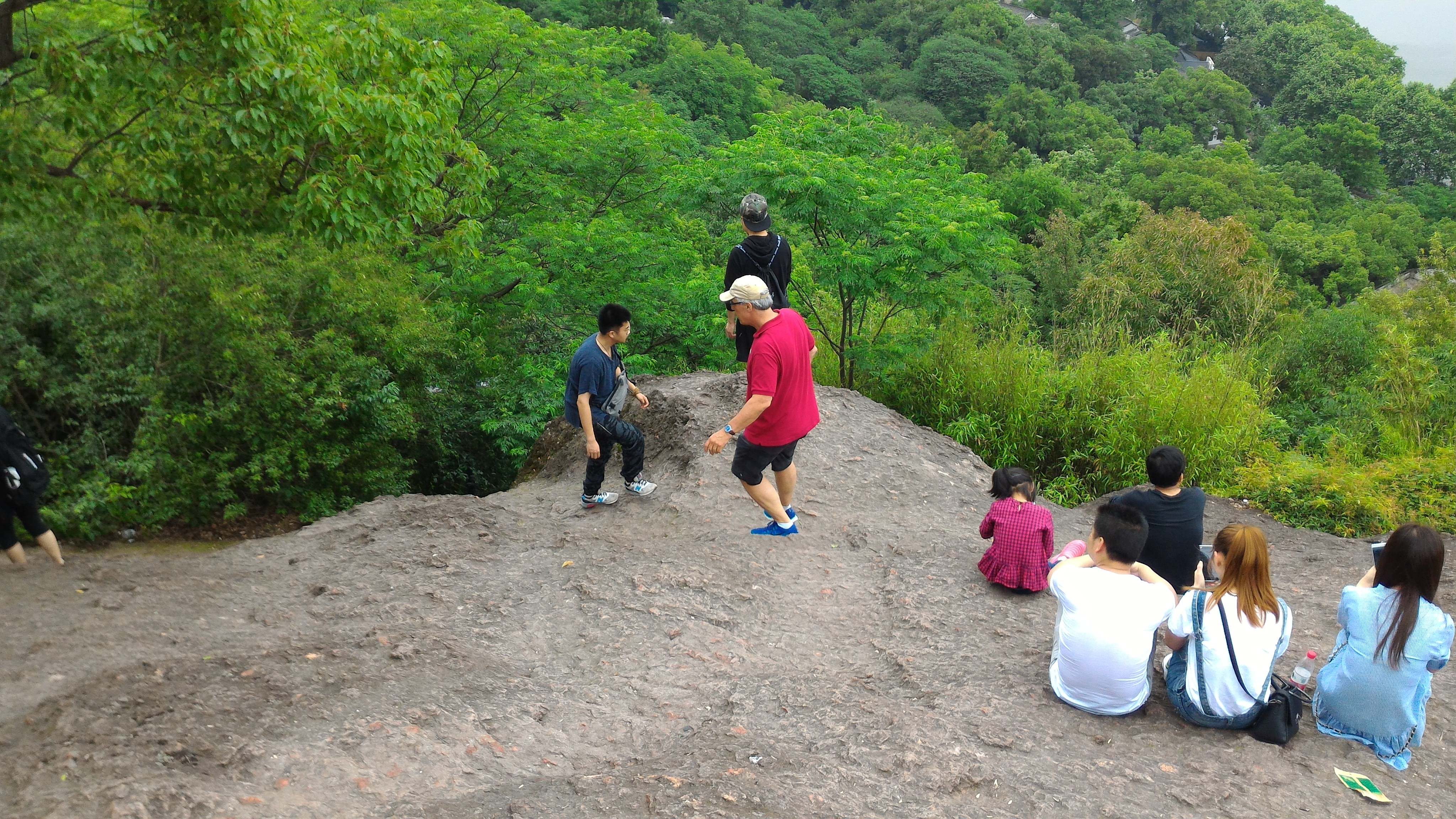
And when your professors do it, it’s hard to overcome the social pressure, you know?
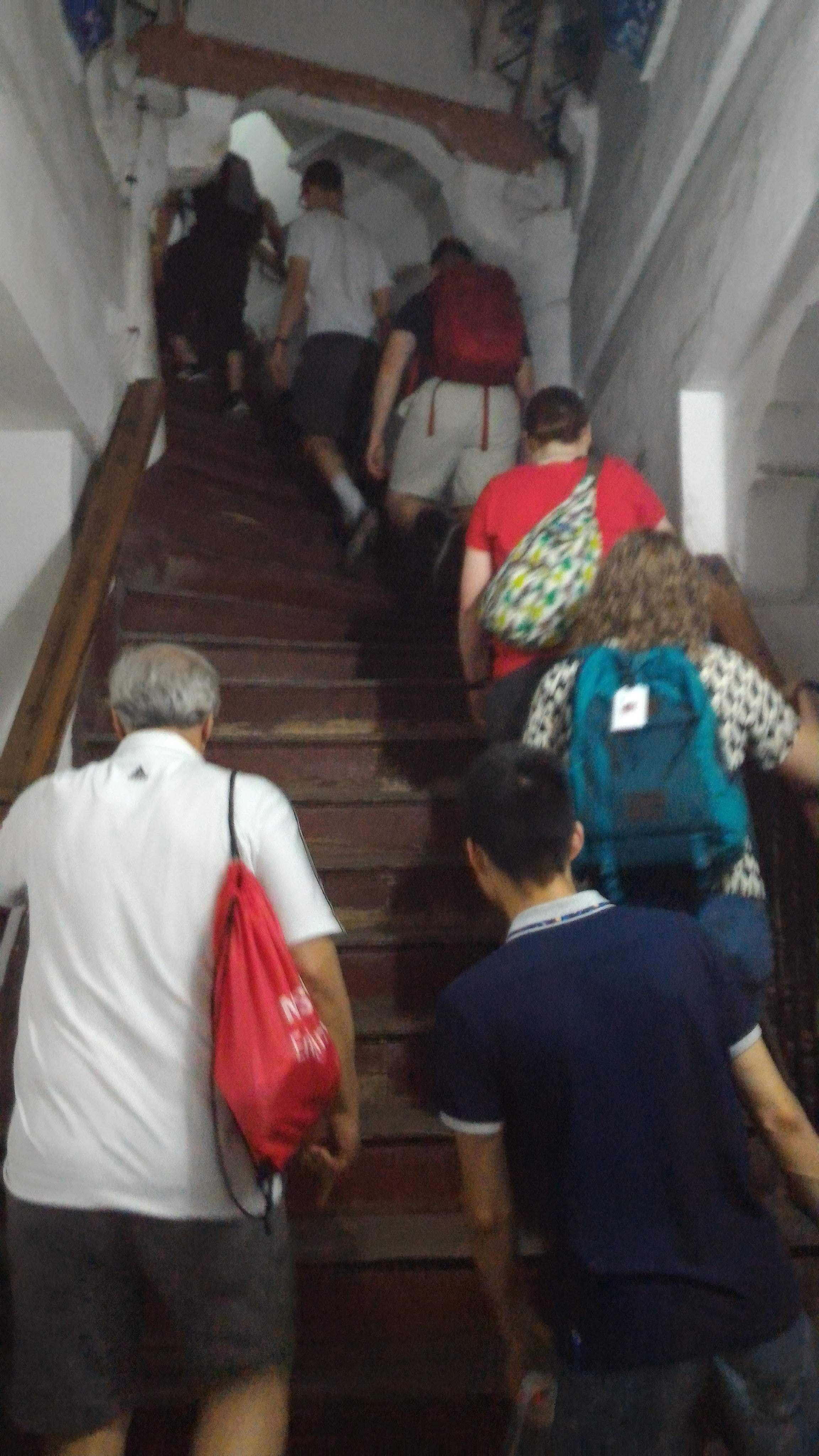
Anyway, the climbing trouble doesn’t end when you get to the pagoda…
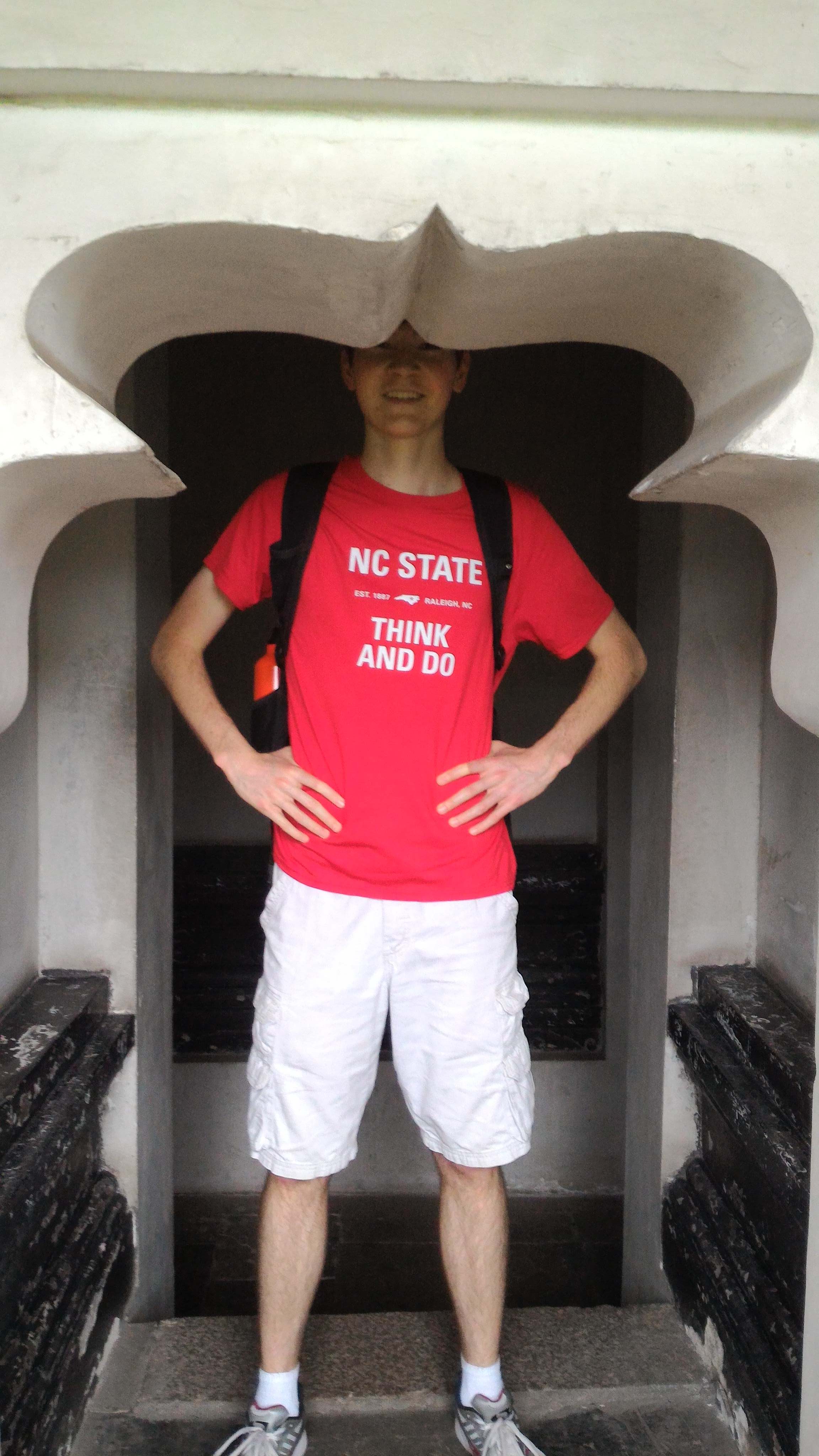
especially not for tall guys like me.
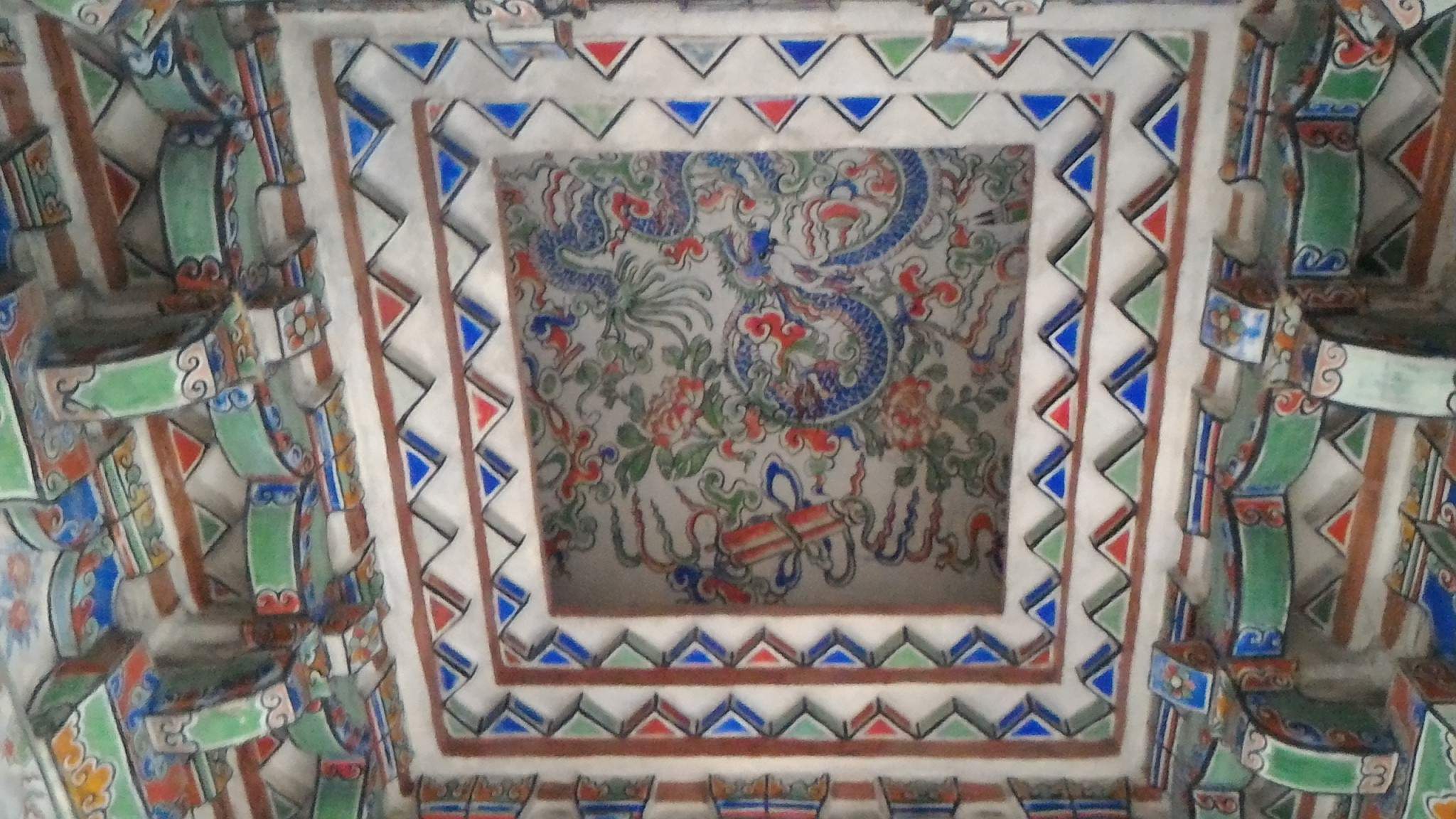
But the fabulously decorated walls and roofs encourage you as you cross the threshold of the 72nd floor on your way to the 134th…
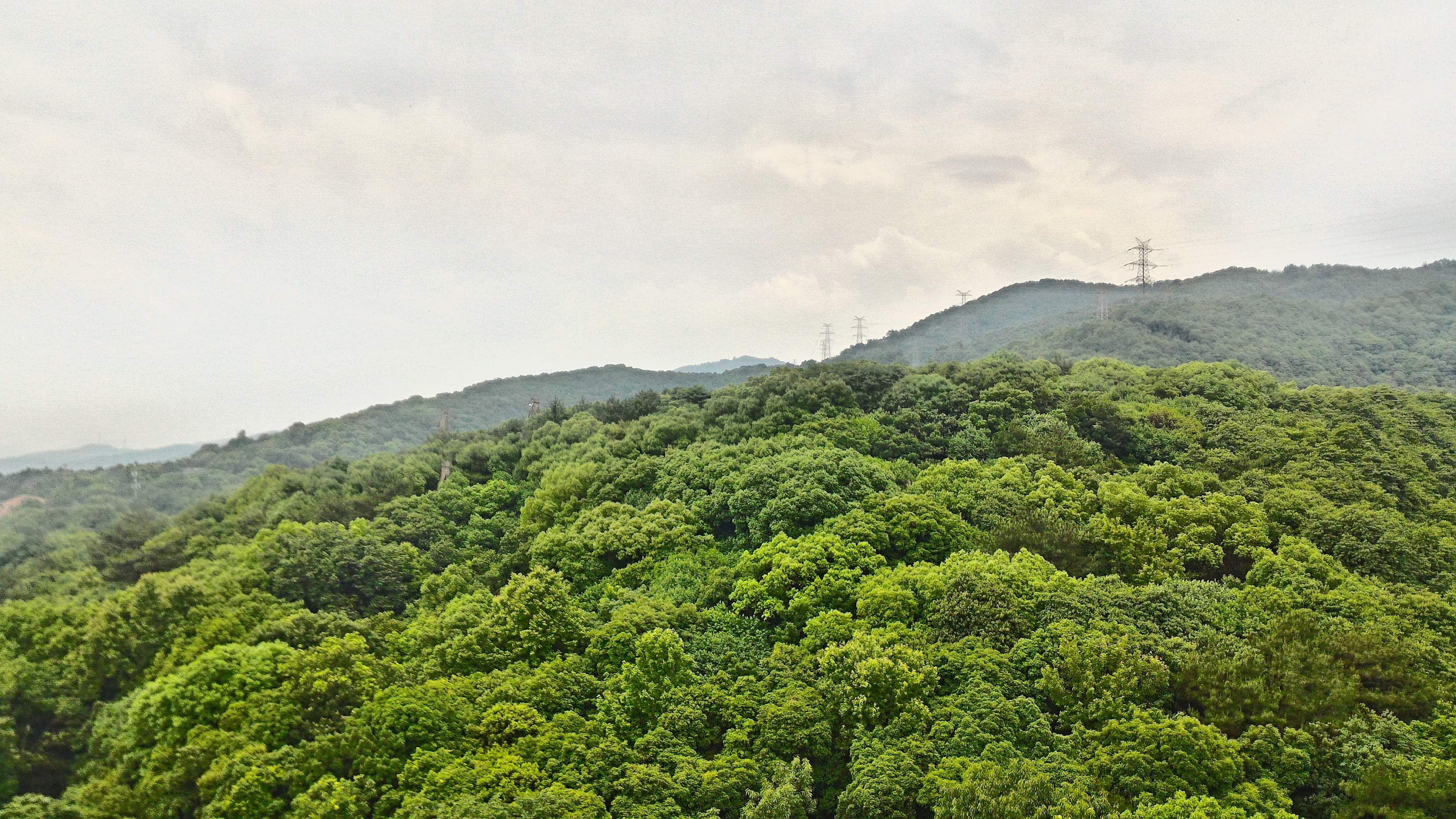
Yeah, you are occasionally greeted with power lines or some other unfortunate presence in an otherwise serene environment, but I actually found the vast scale that they imply to be quite photogenic!
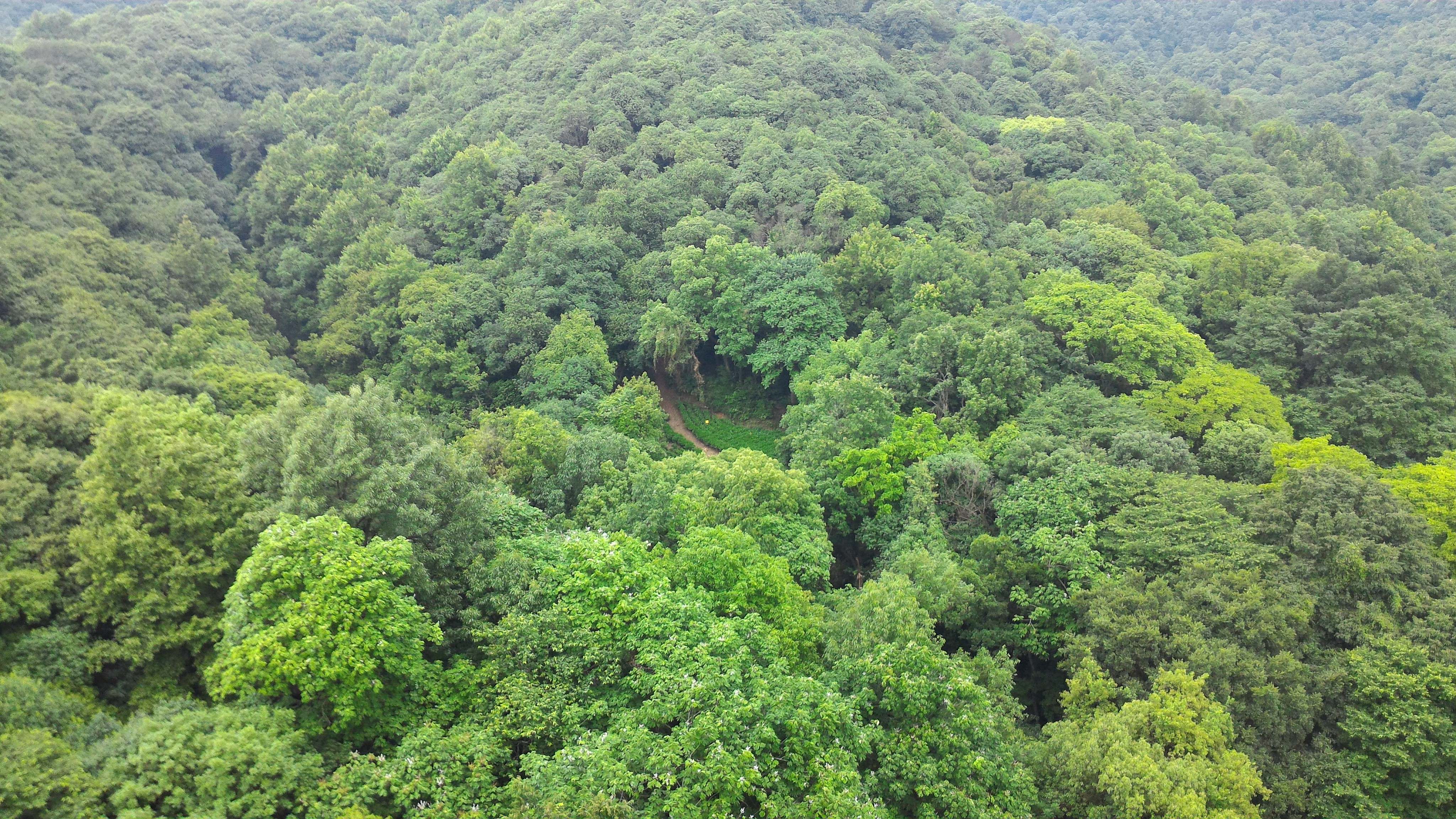
You take whatever sunlight you can get and make the most of it, you know?
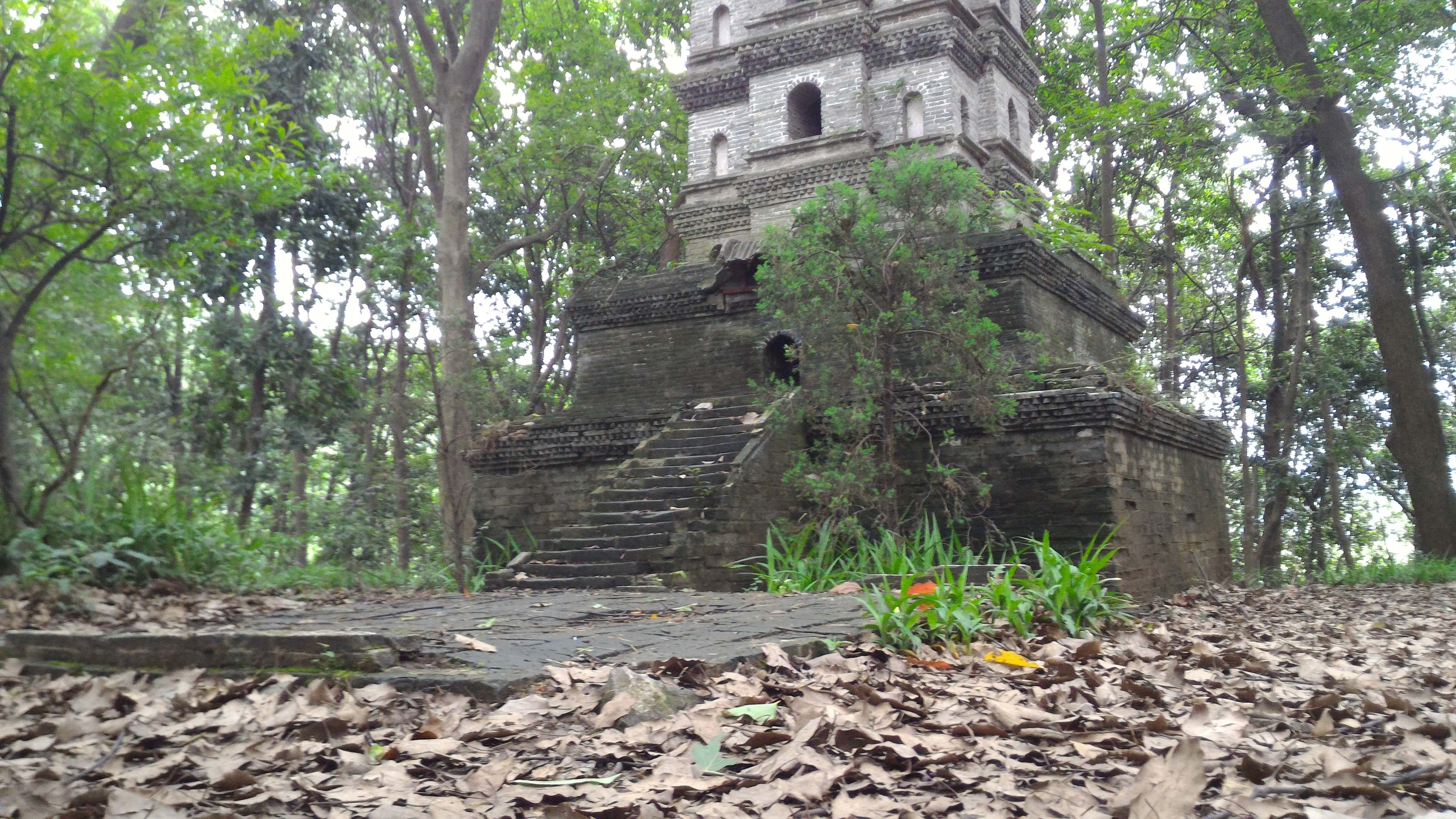
Back on the ground floor of the place, I felt a lot taller than when I first arrived. I’m not sure if that’s the psychological effect of climbing the thing, or because…
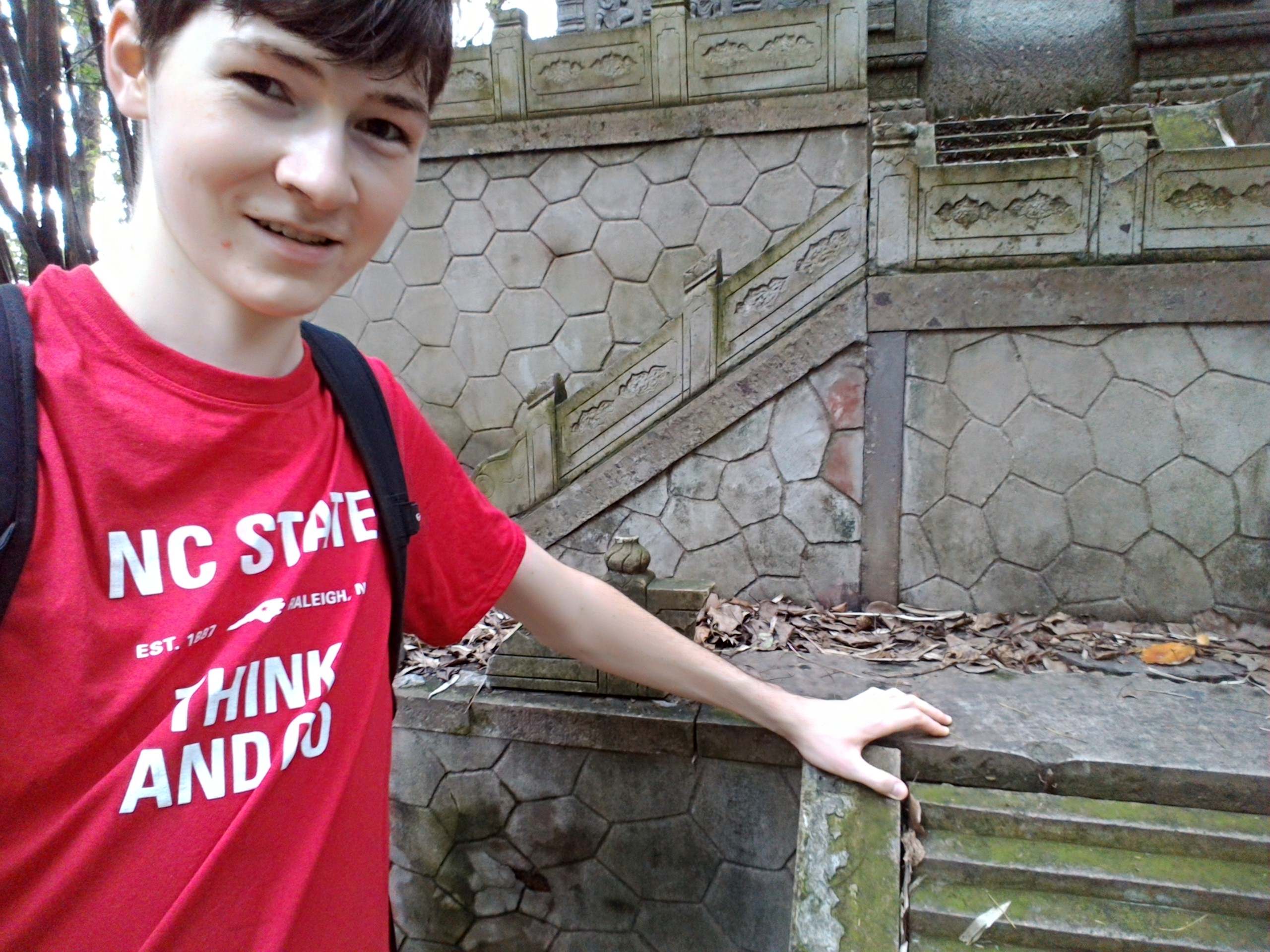
…there were actually a ton of mini pagodas scattered around the big one!

Fun times being a giant.
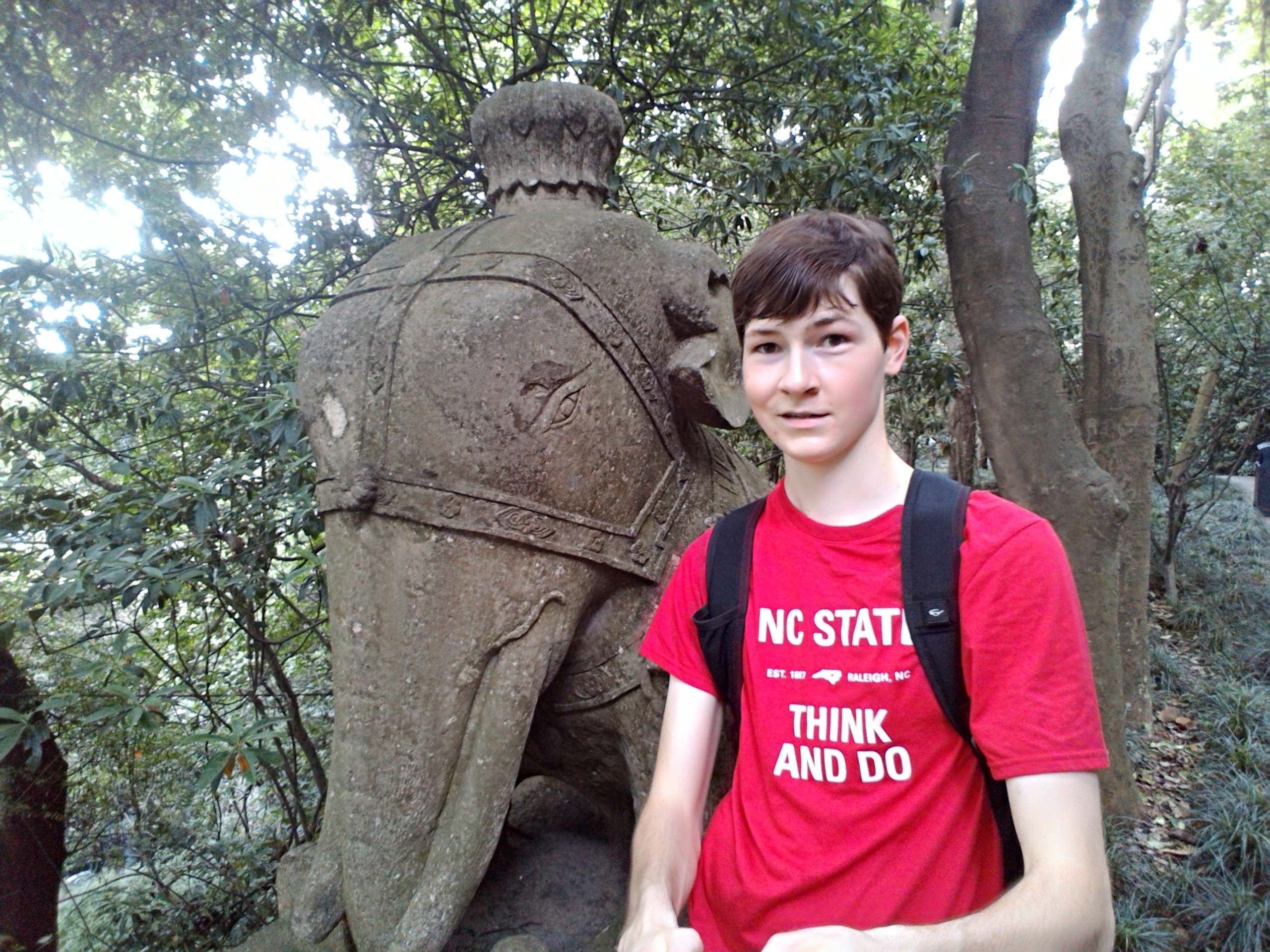
Tried to use a selfie stick here, but I’m still too awkward with handling it. …Look at the expression on that elephant. He’s so judgmental! All like, “is this dude seriously using a selfie stick to take a photo with me? What a flippant, obnoxious foreigner! I would never attempt the same thing with my nose if I ever visited his country! Sheesh, what an American.”
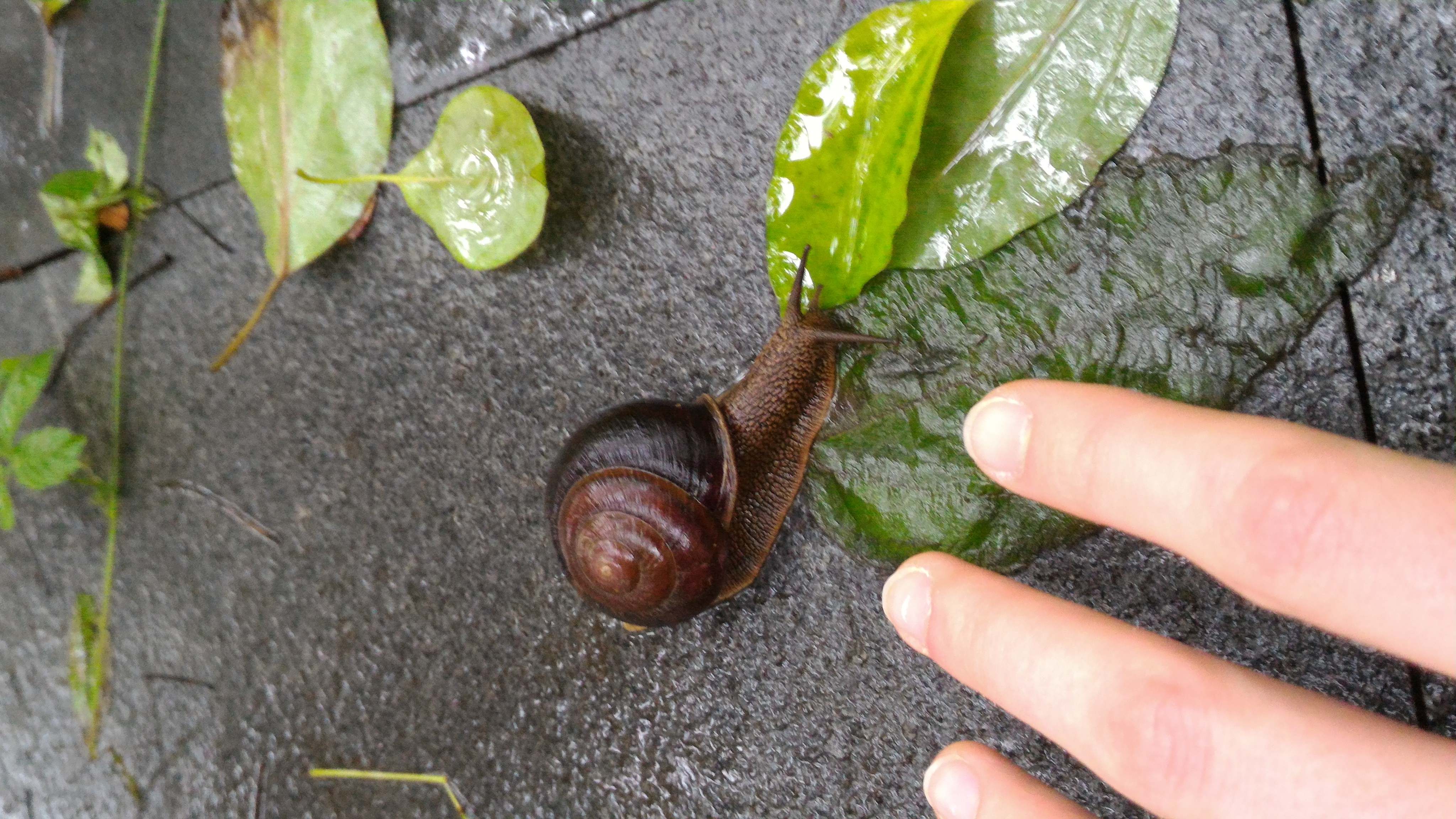
In the US, when it rains, worms come out and cover the sidewalks. In China, the equivalent are the snails!
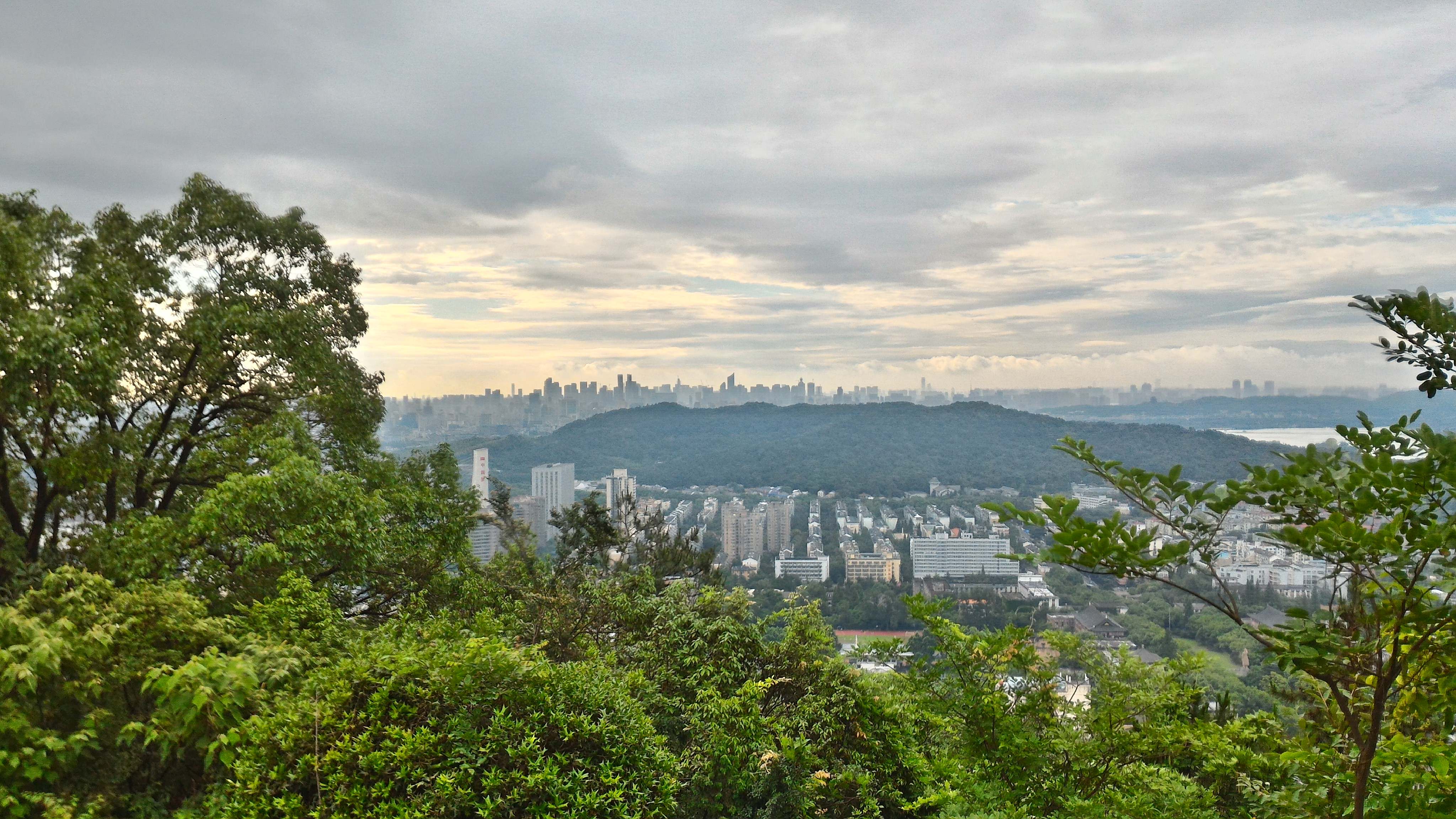
Just think of all the beautiful sunrises that the people in the US missed because they were busy watching the sunset over there!
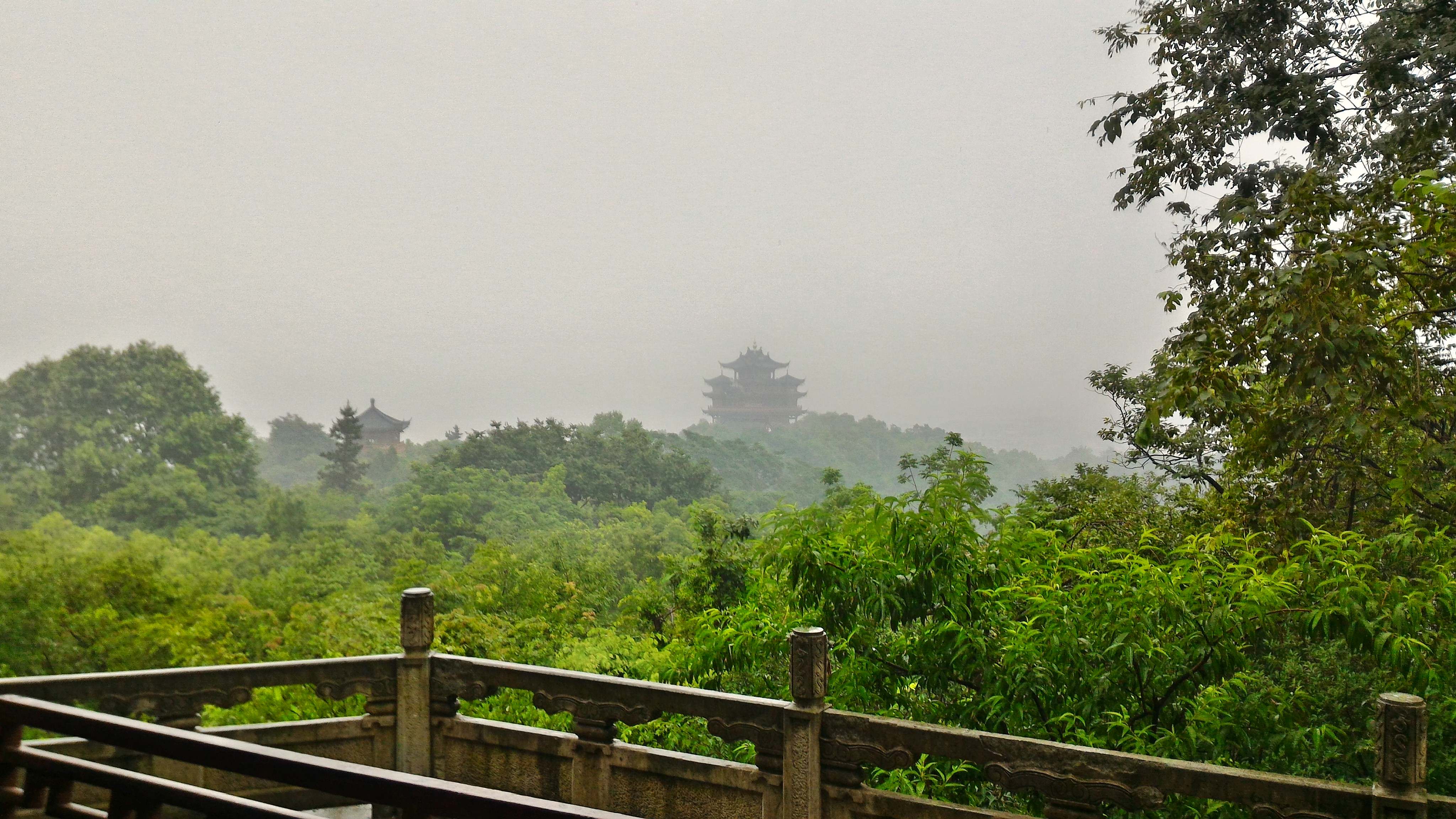
It’s just as beautiful on a foggy day too–don’t get me wrong.
Okay, that’s all for this blog! The next post will hopefully feature a pharmacy, tea museum, and underground bunker. See you next time!
